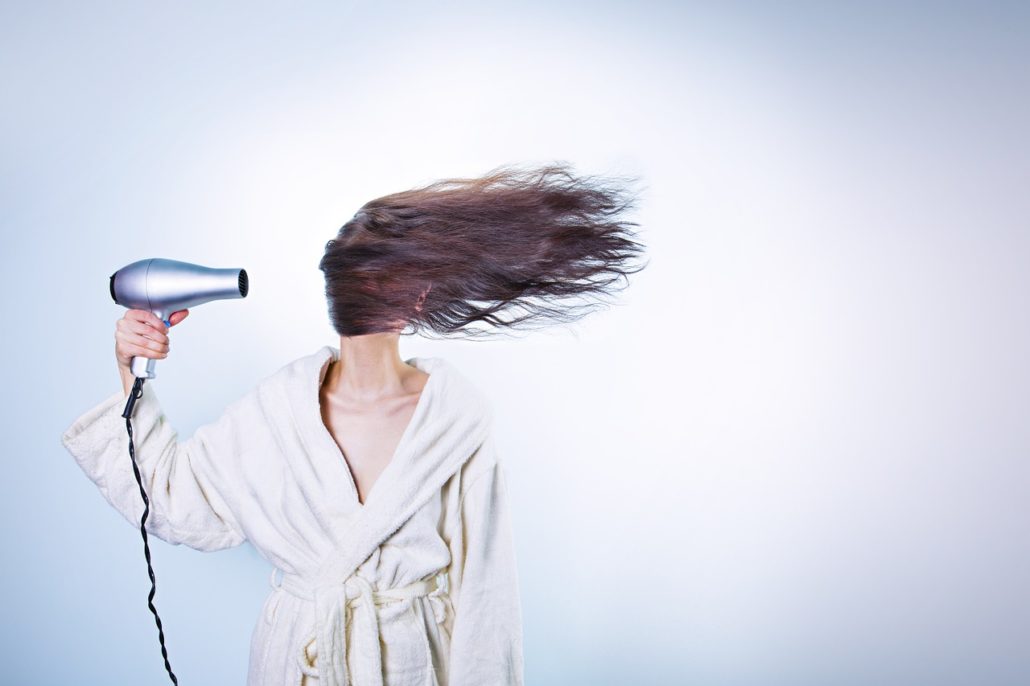7 things you need to know about deaf culture
Connecting with individuals that share similar experiences creates a sense of belonging. Belonging means acceptance, feeling part of something and receiving help in coping with intensely painful emotions. That is what deaf culture is all about, providing deaf and hard of hearing individuals with support and encouragement, it fulfils a social and emotional need.
When I talk about our culture, I’m referring to the shared values, thoughts and methods of communication we as a deaf community share.
In a nutshell:
Deaf culture is a set of learned behaviours and perceptions that set the values and norms of deaf people based on their shared or common experiences
– Dr Barbara Kannapell, deaf professor at Gallaudet University.
We, as deaf people, do not think of ourselves as disabled, but rather as ‘normal’ people experiencing life in a different way. By forming communities and creating a culture of acceptance we’ve become empowered to express ourselves and share our hopes and aspirations with like-minded individuals.
If you’ve ever felt out of place, know that what makes you different is also what makes you stronger and to be frank, more interesting. Here’s a list of 7 things both hearing and hard of hearing people need to know about our culture.
Like many cultures across the world, the deaf culture brings with it unique opportunities for expression and universal acceptance. As a vibrant and interesting culture, I hope this article has added some intrigue and colour to your view of deaf and hard of hearing people.
If you would like to add to these 7 things people need to know about deaf culture, please leave a comment below, I would love to hear from you.





Leave a Reply
Want to join the discussion?Feel free to contribute!